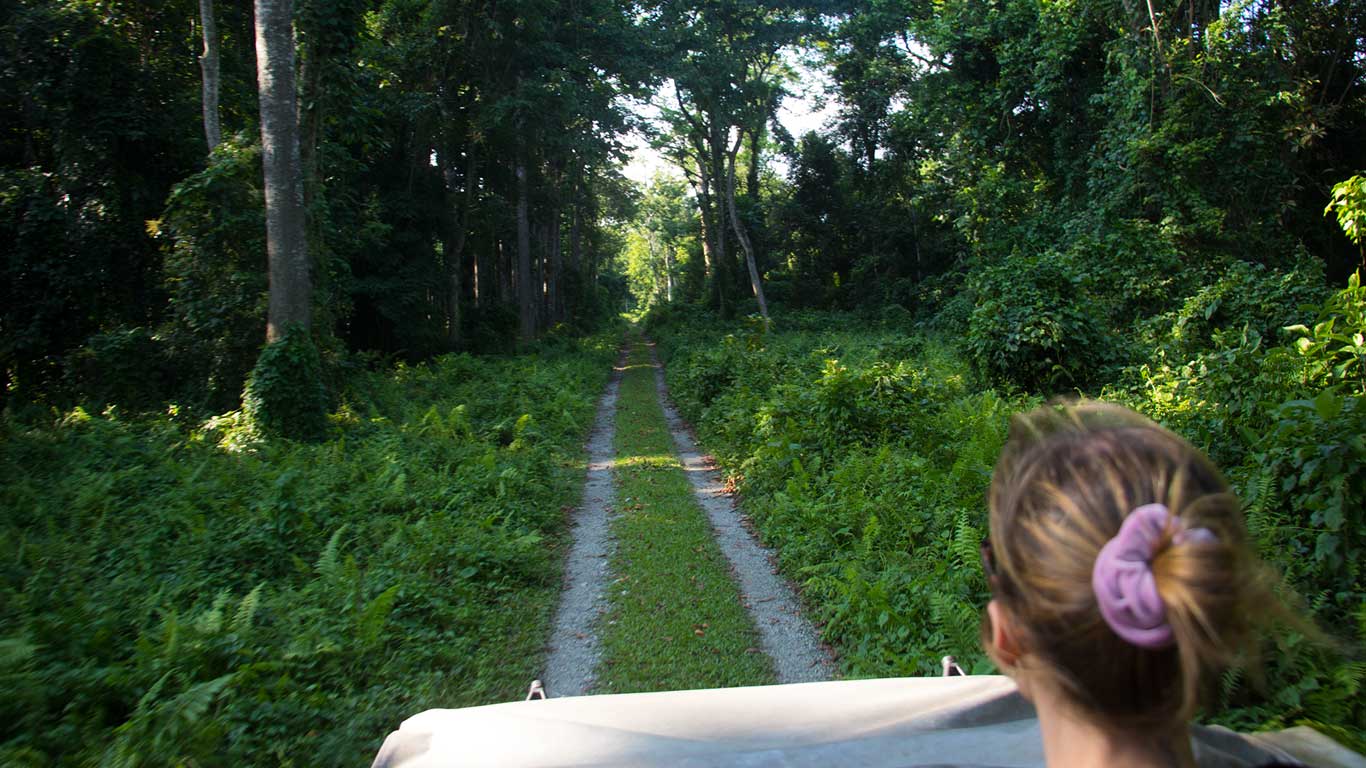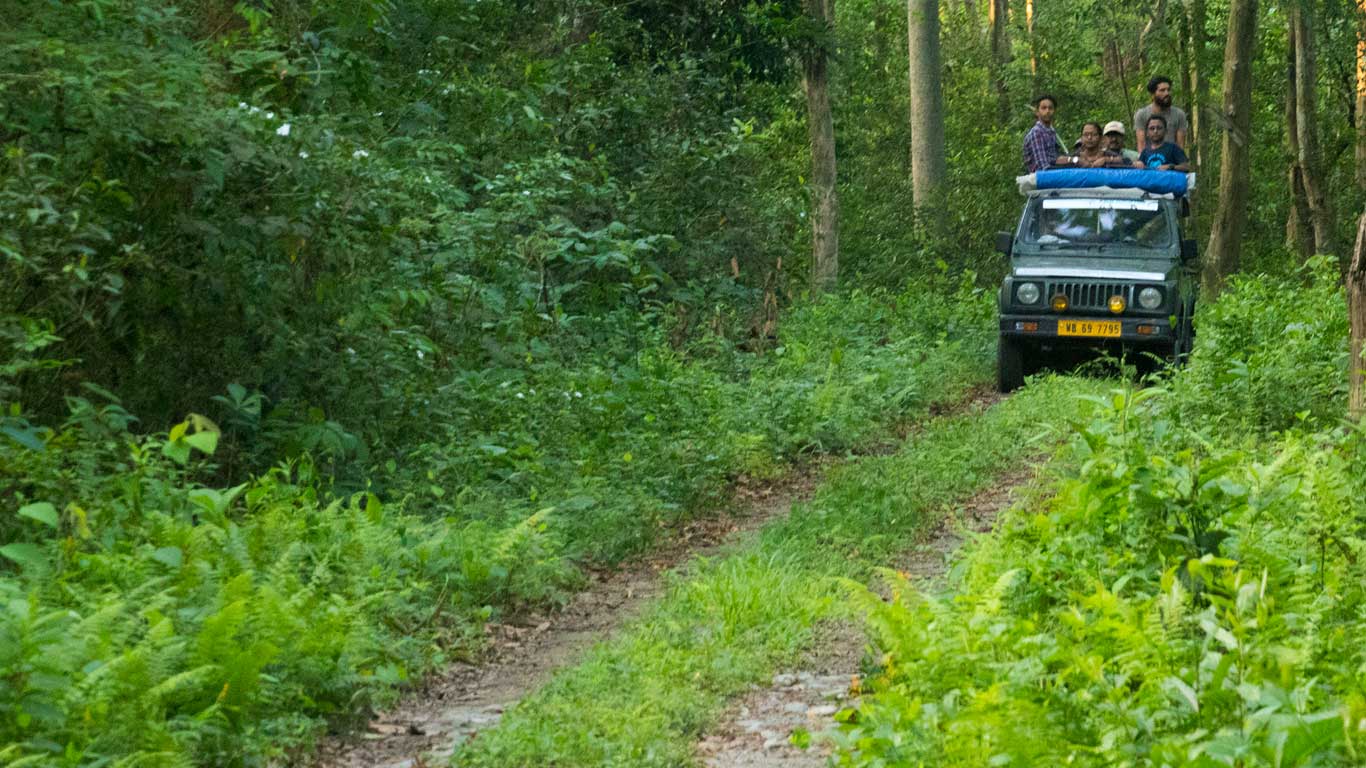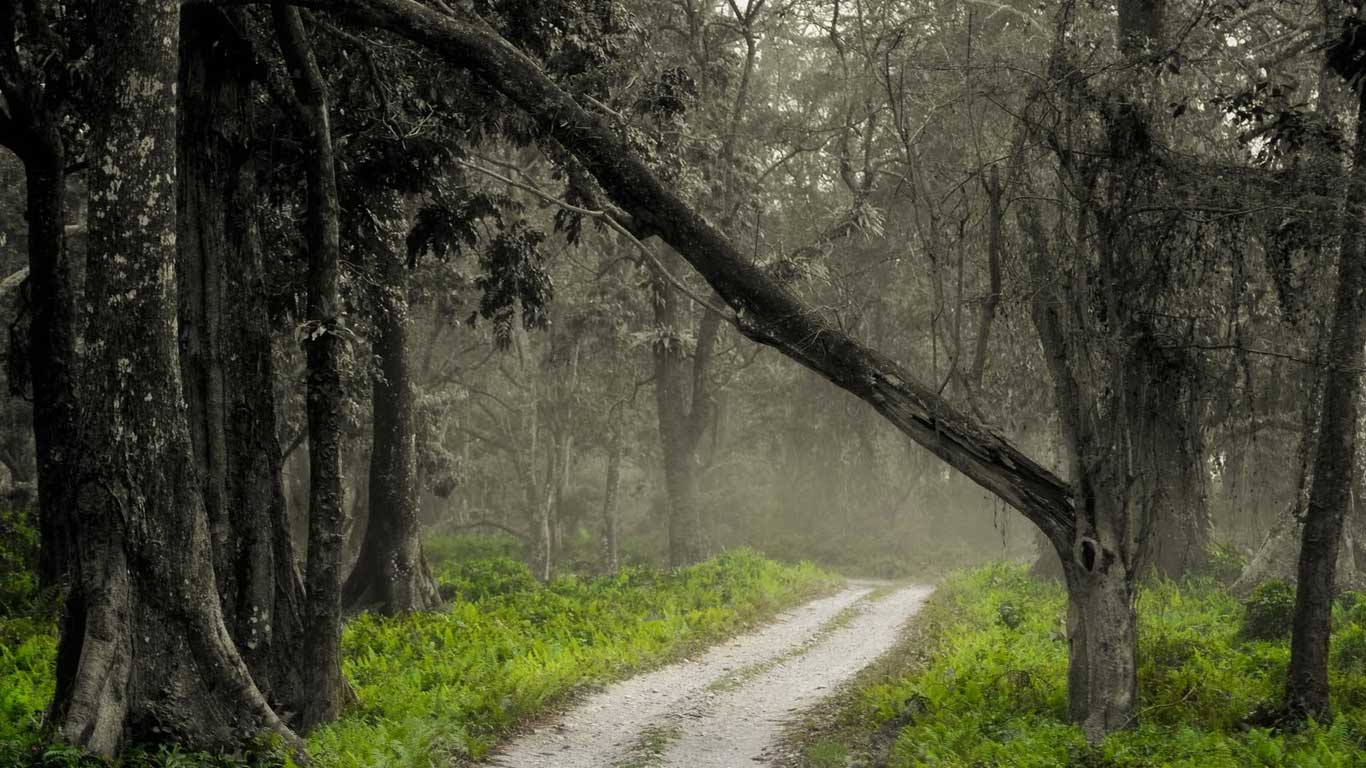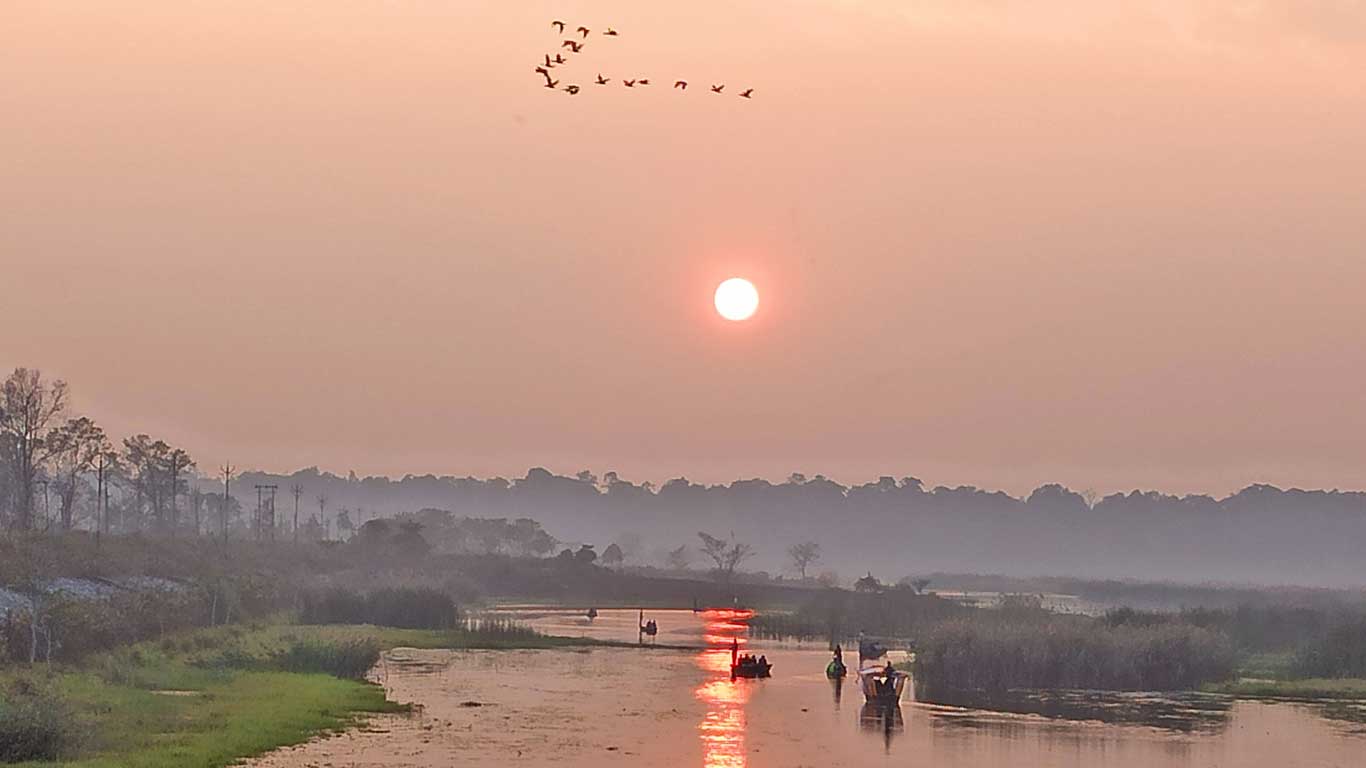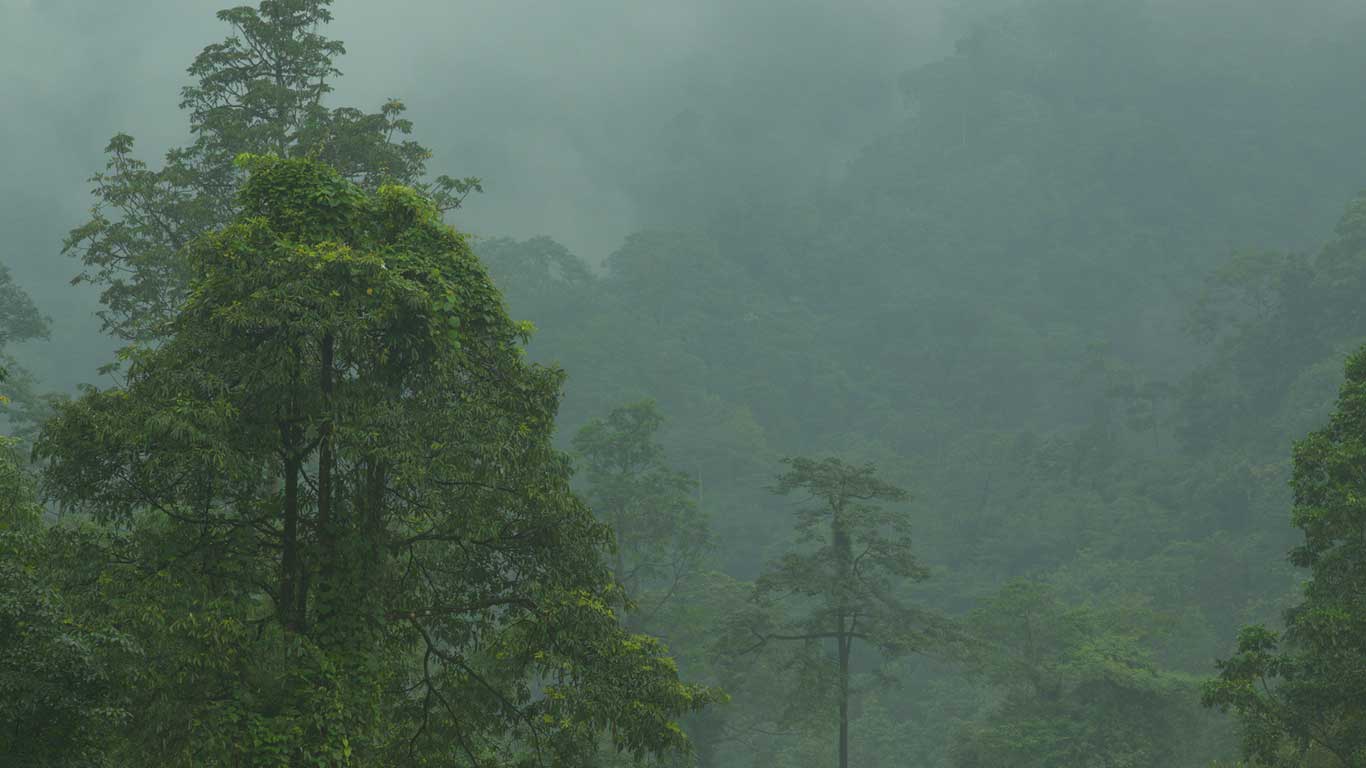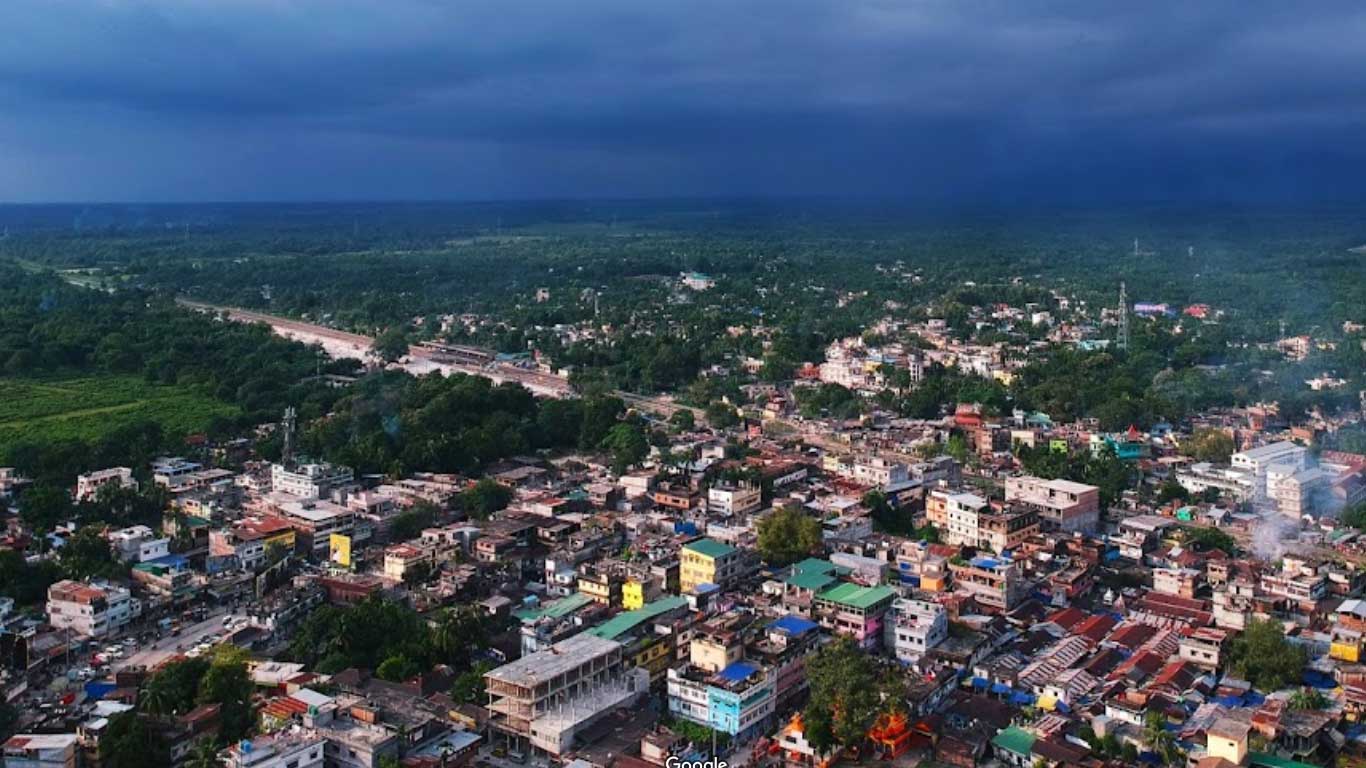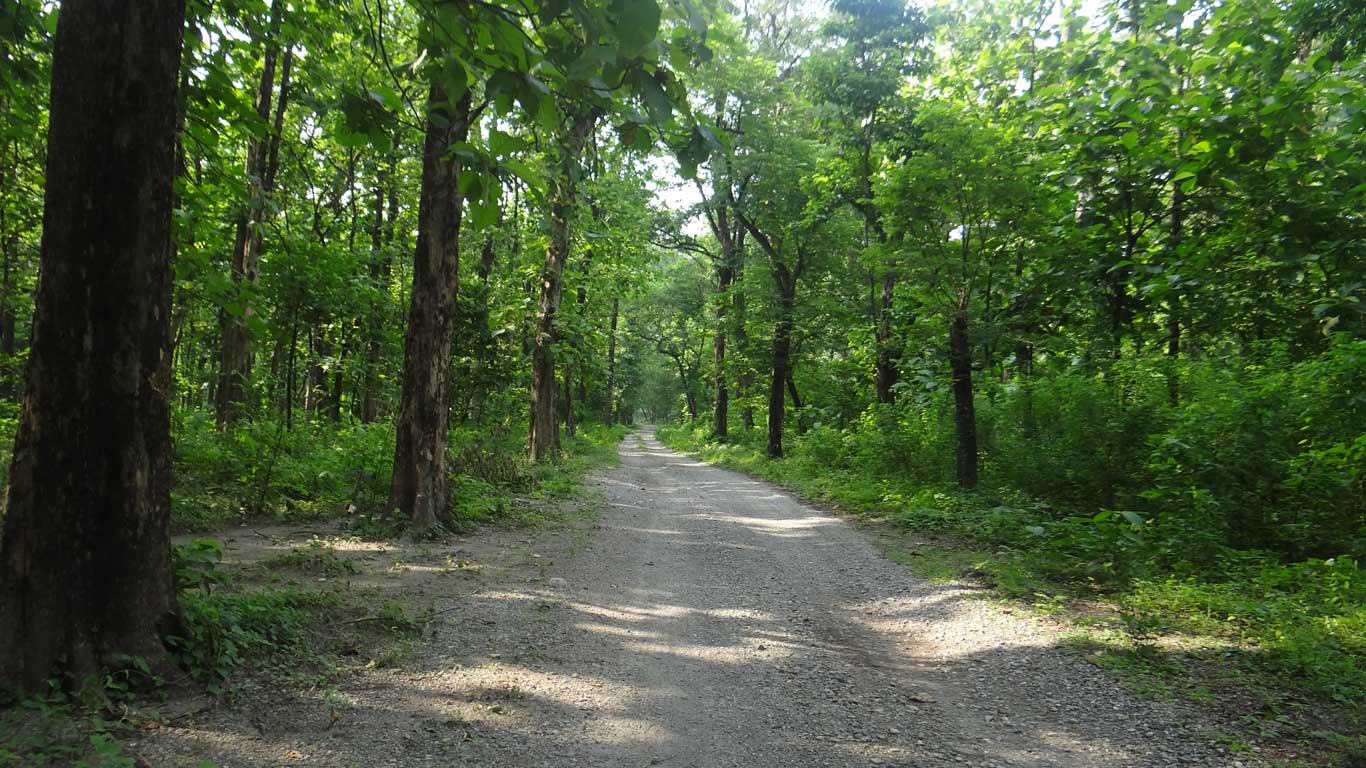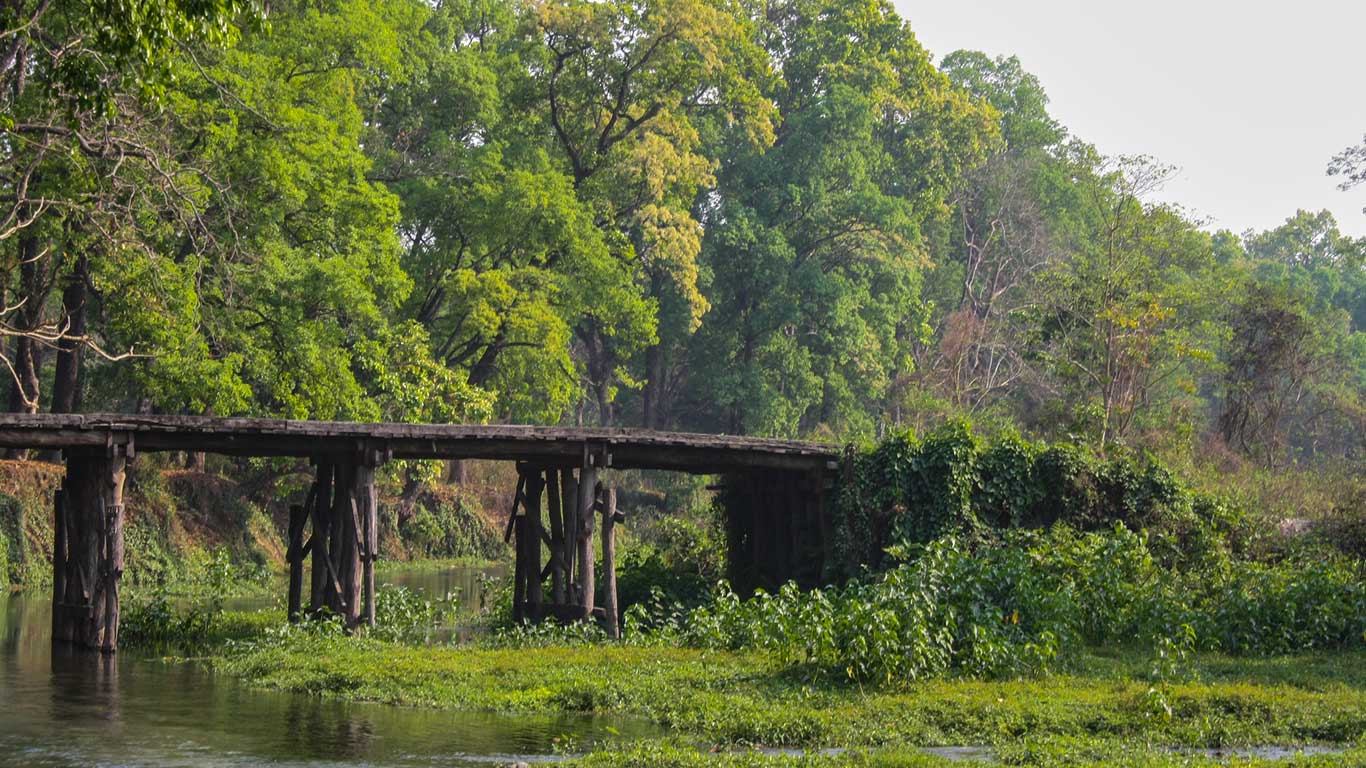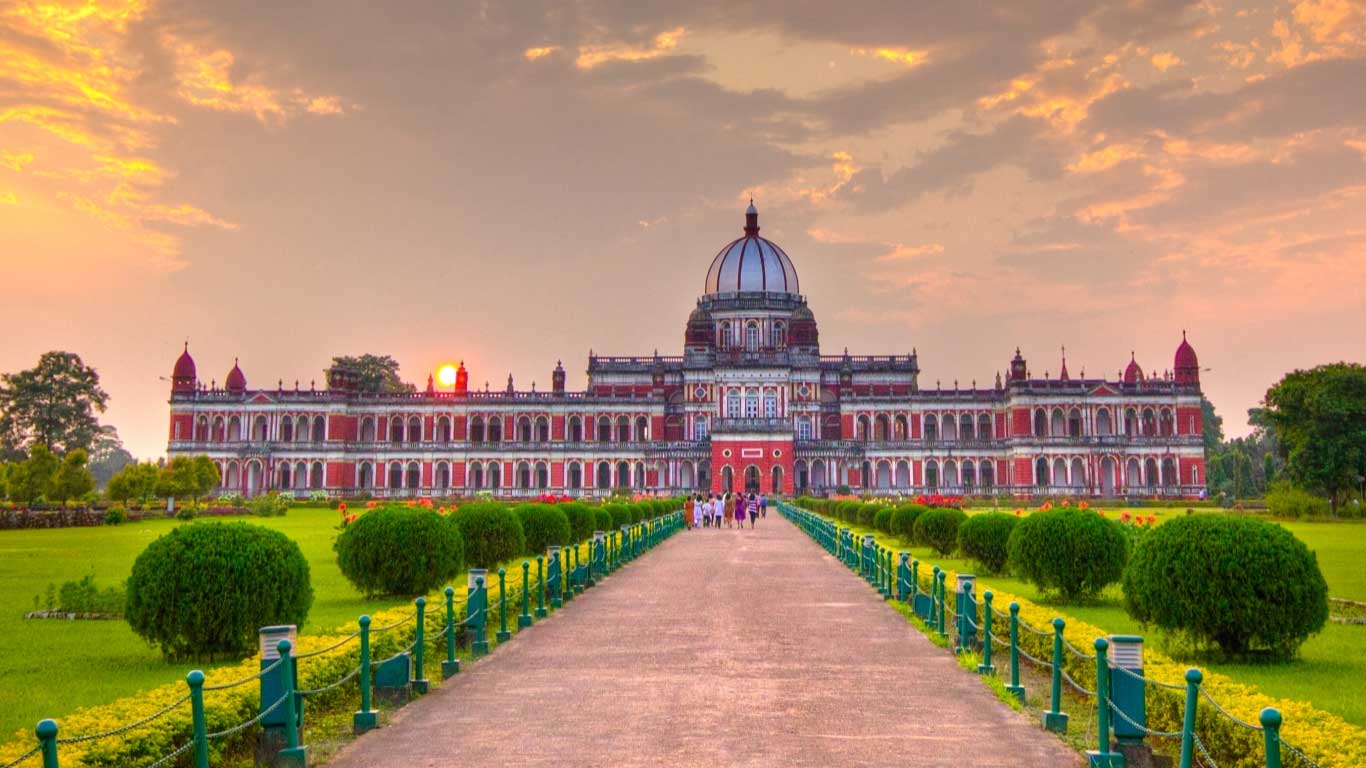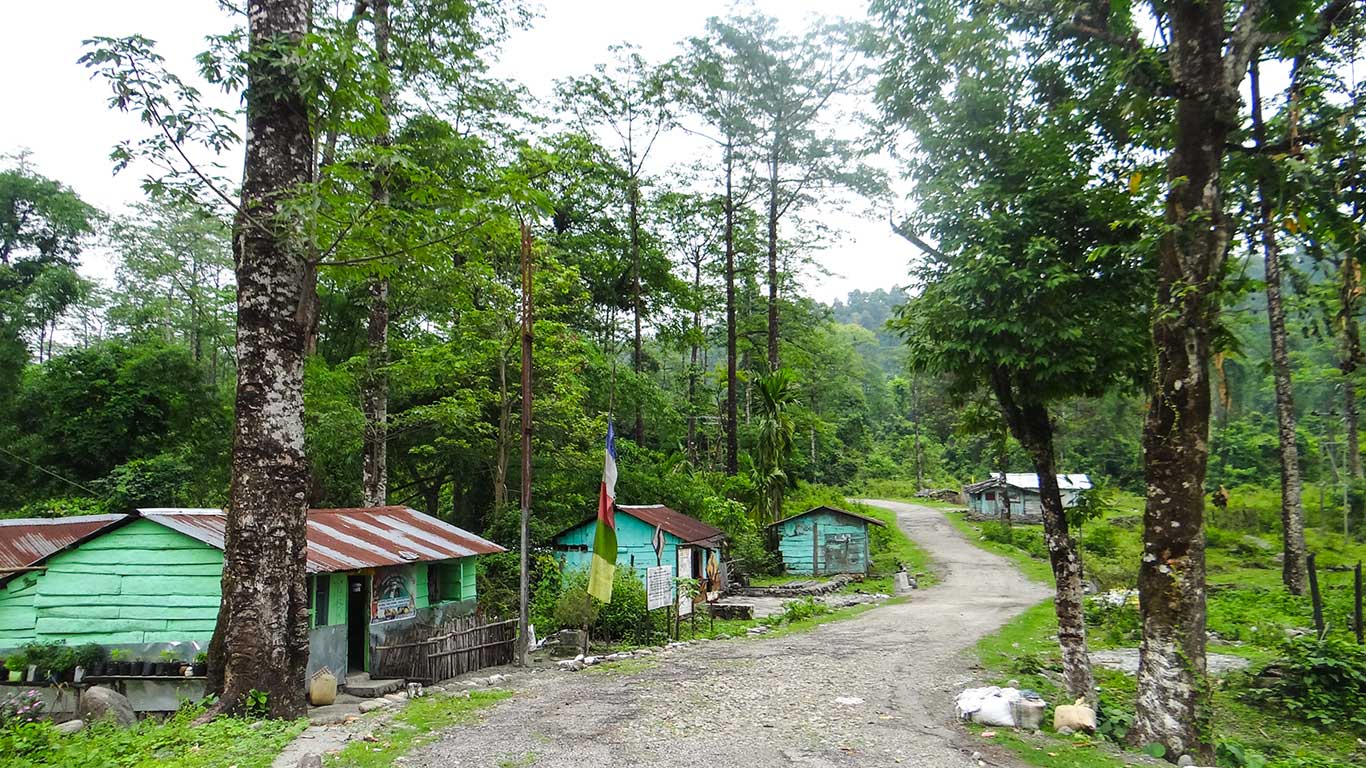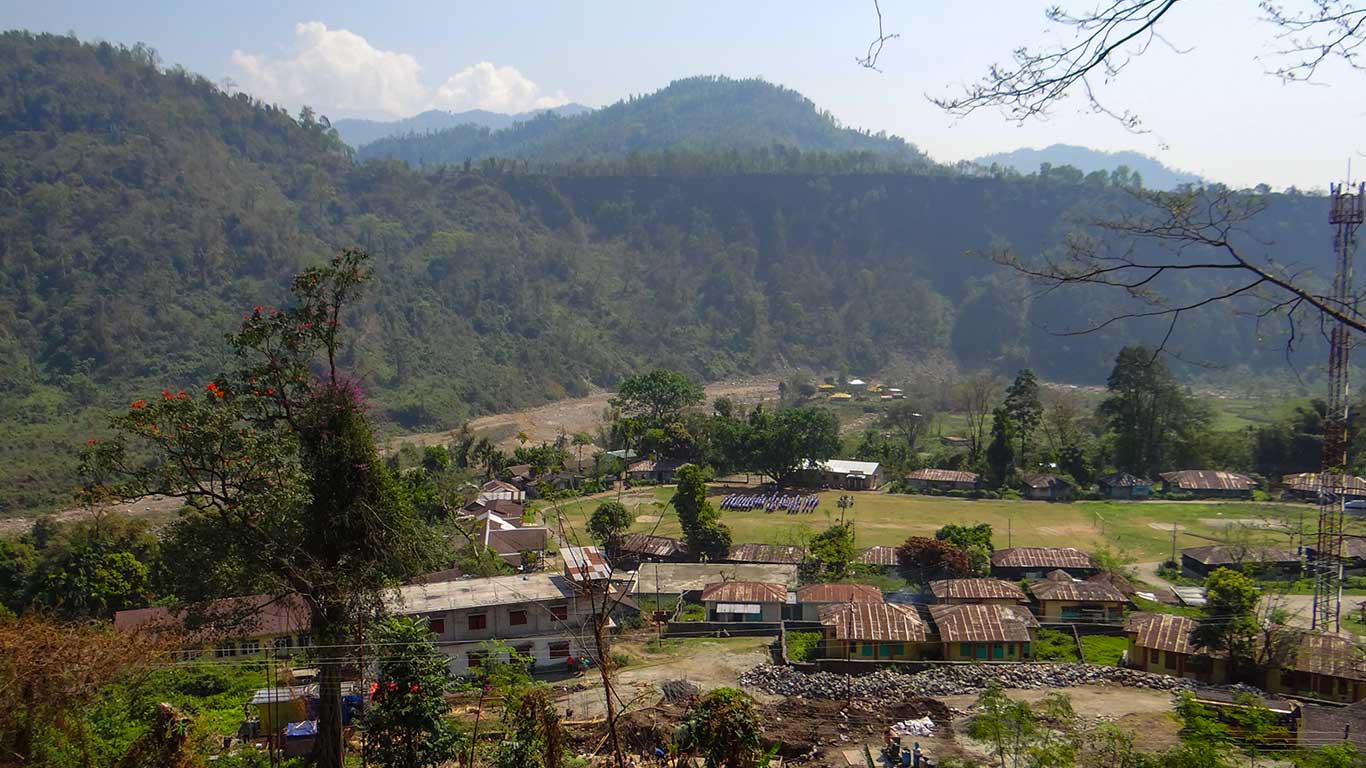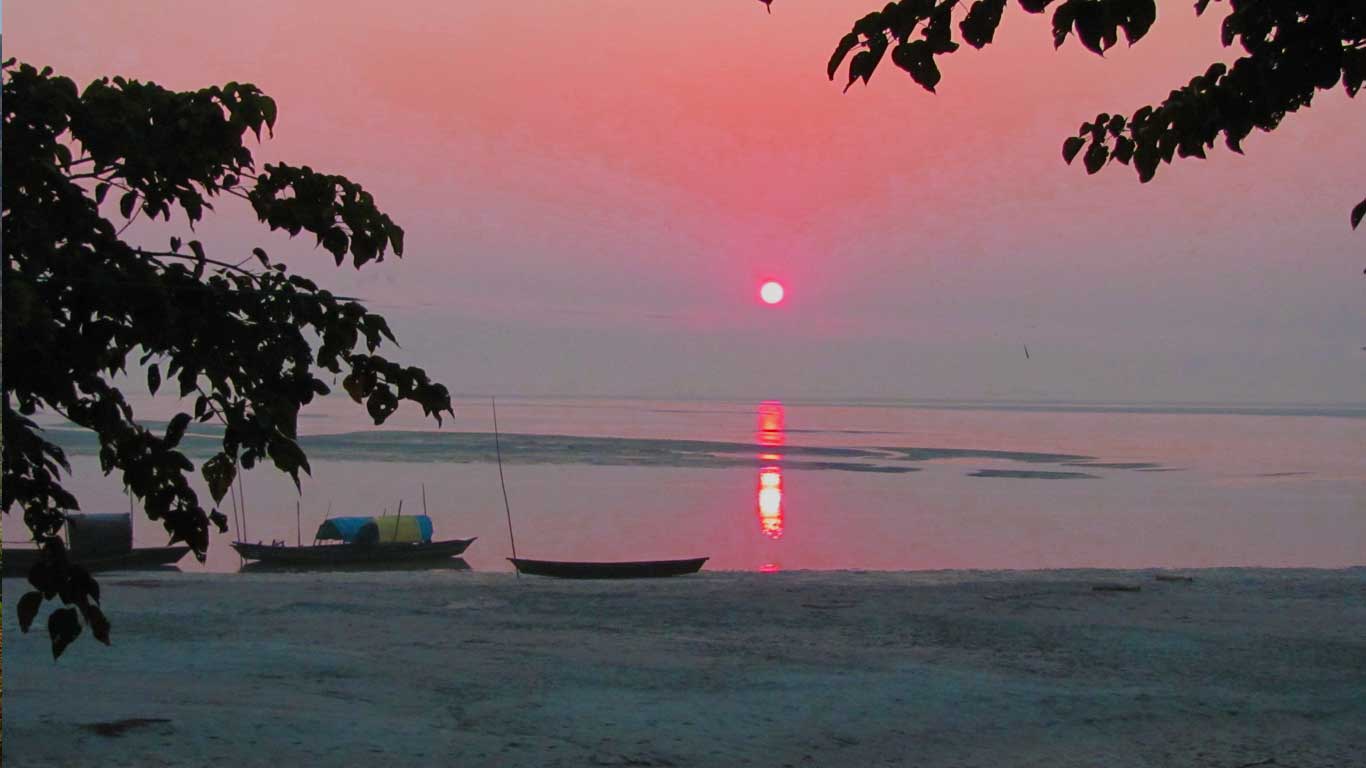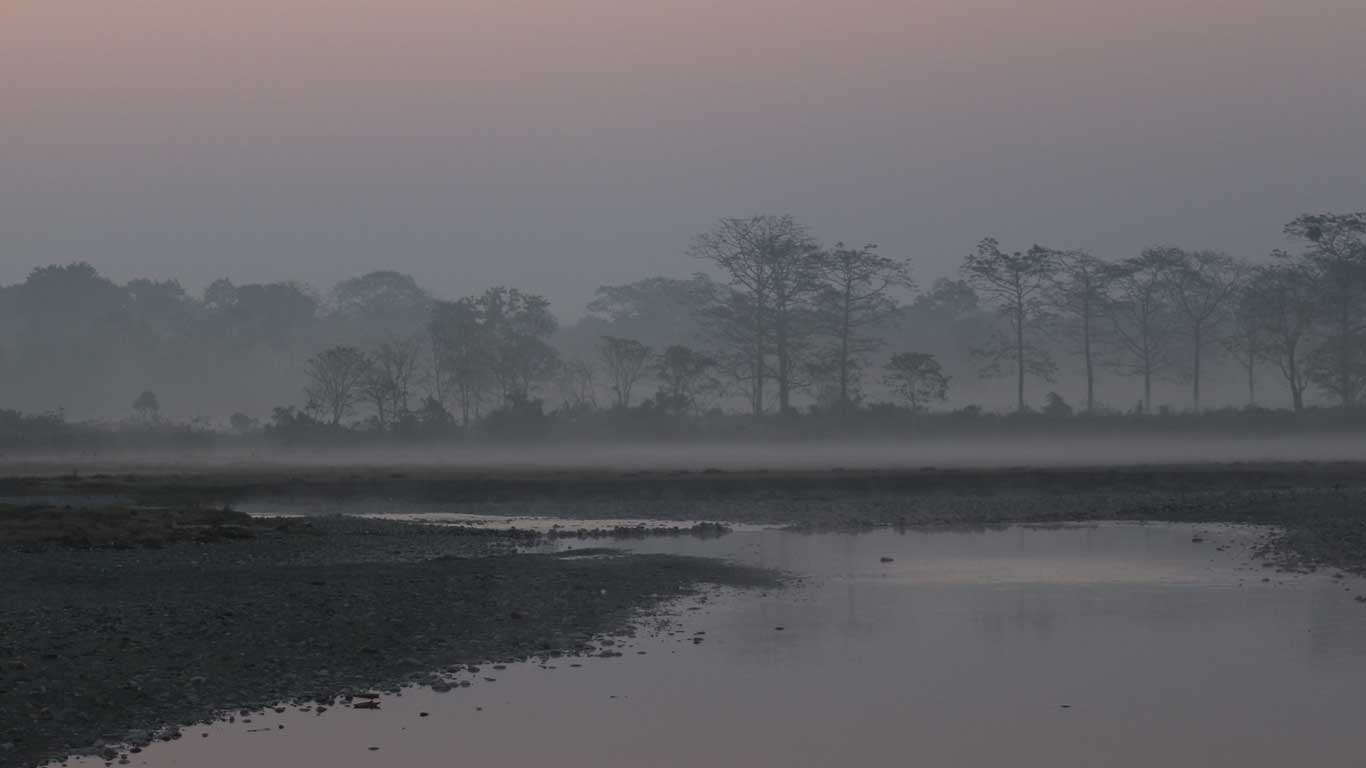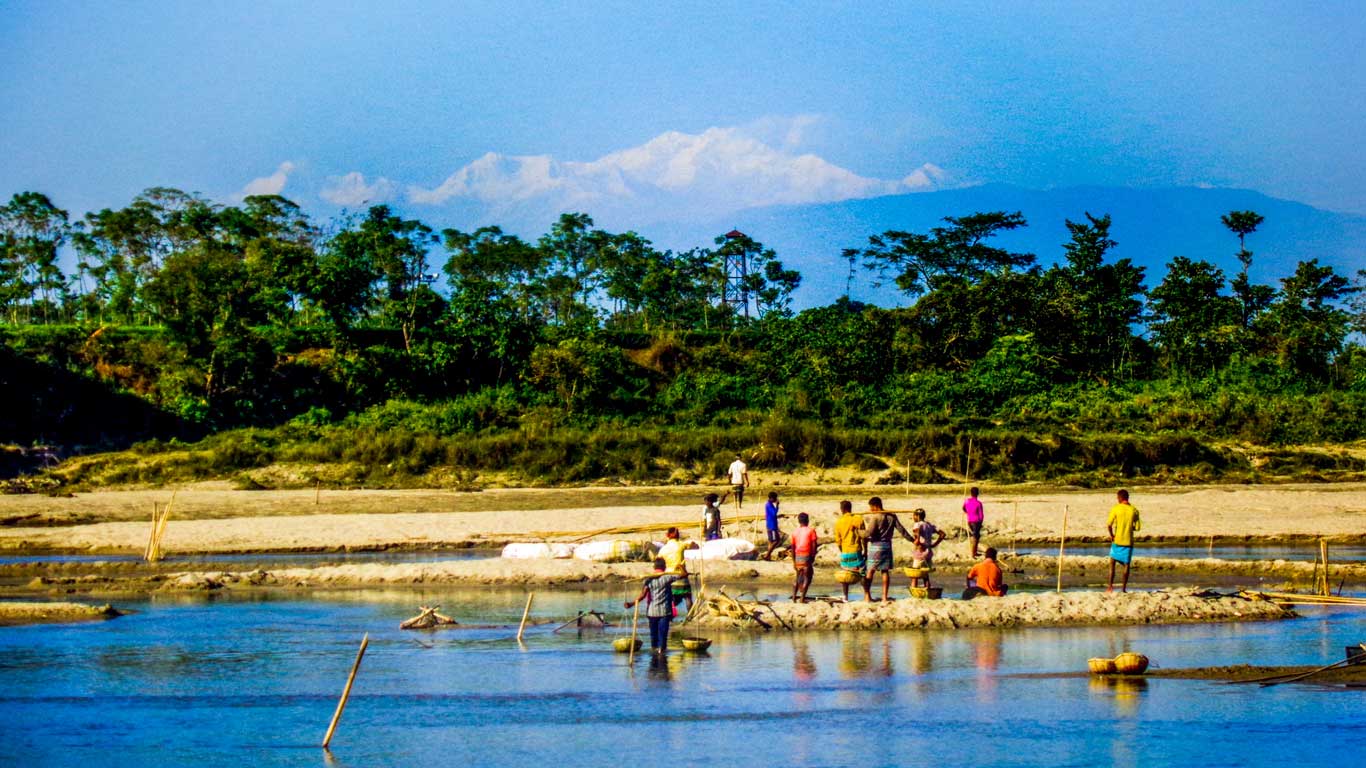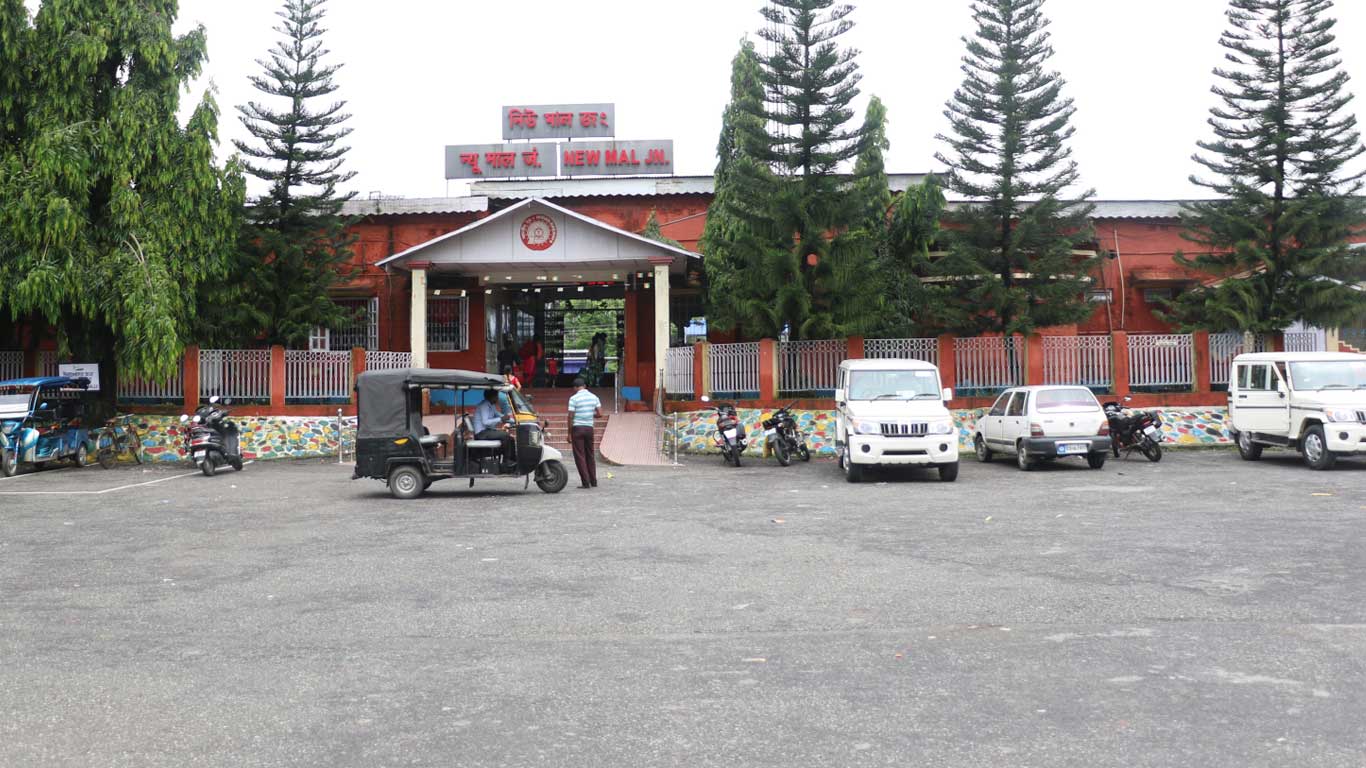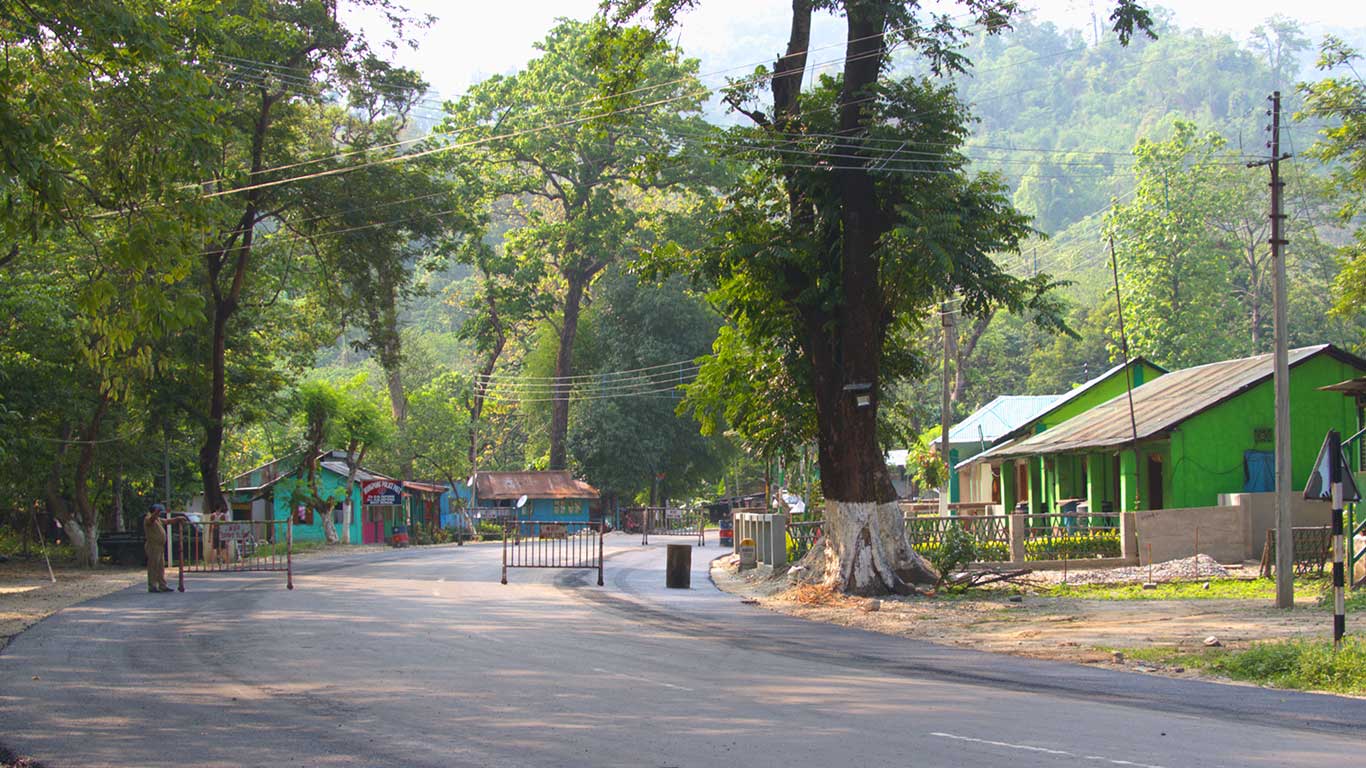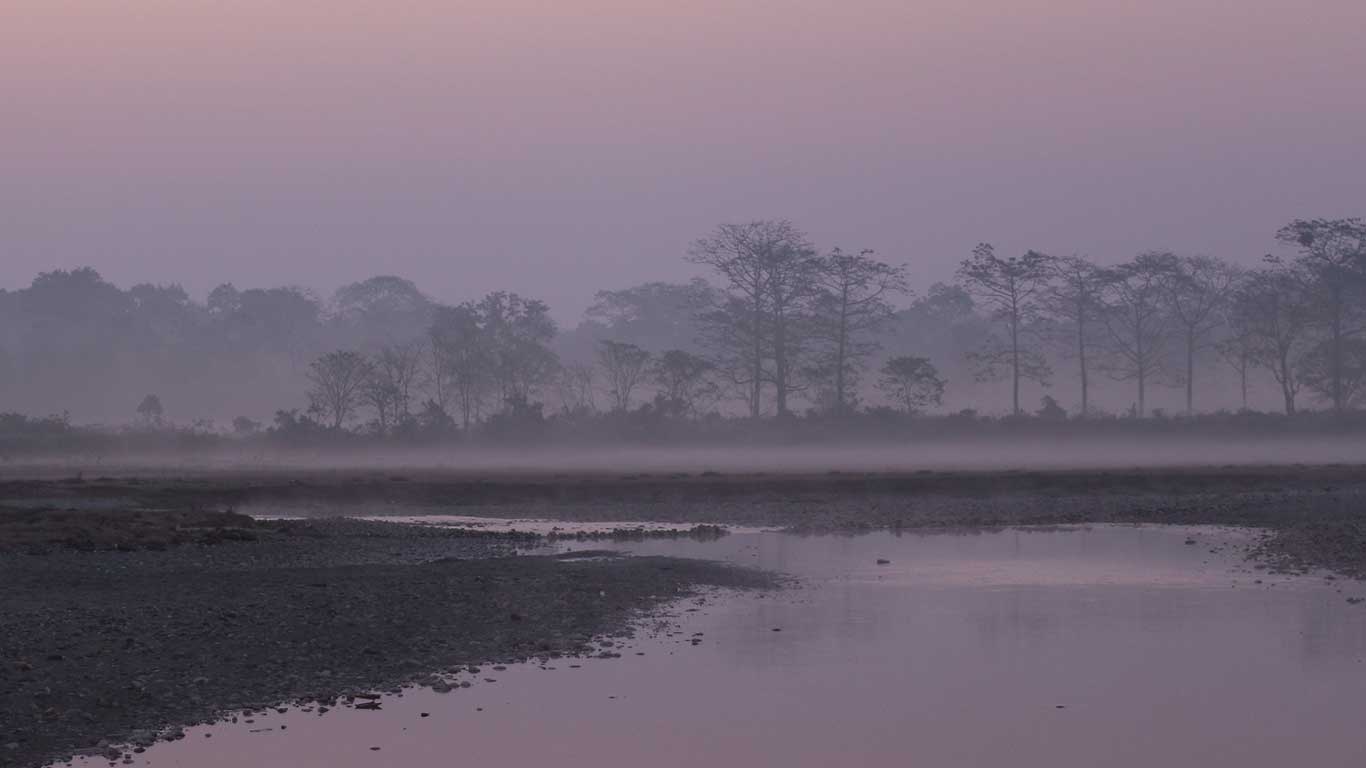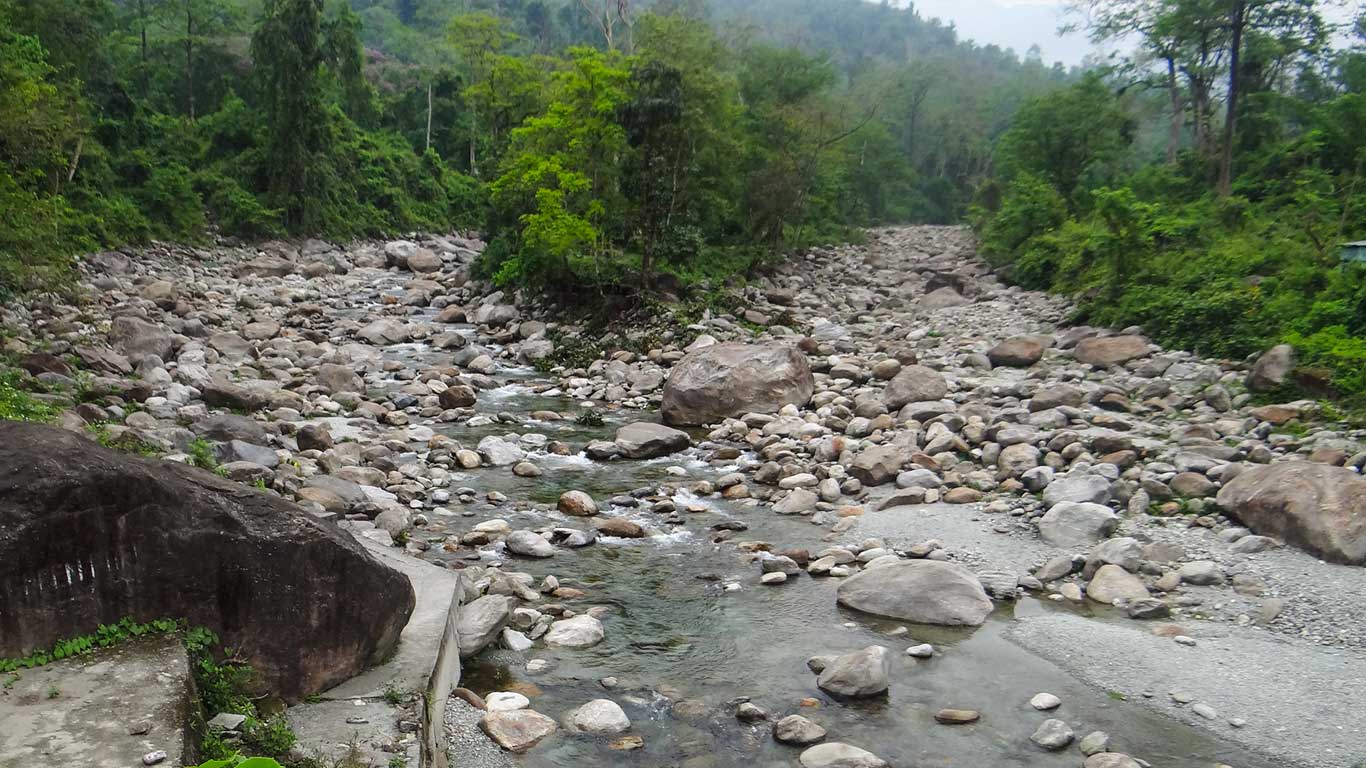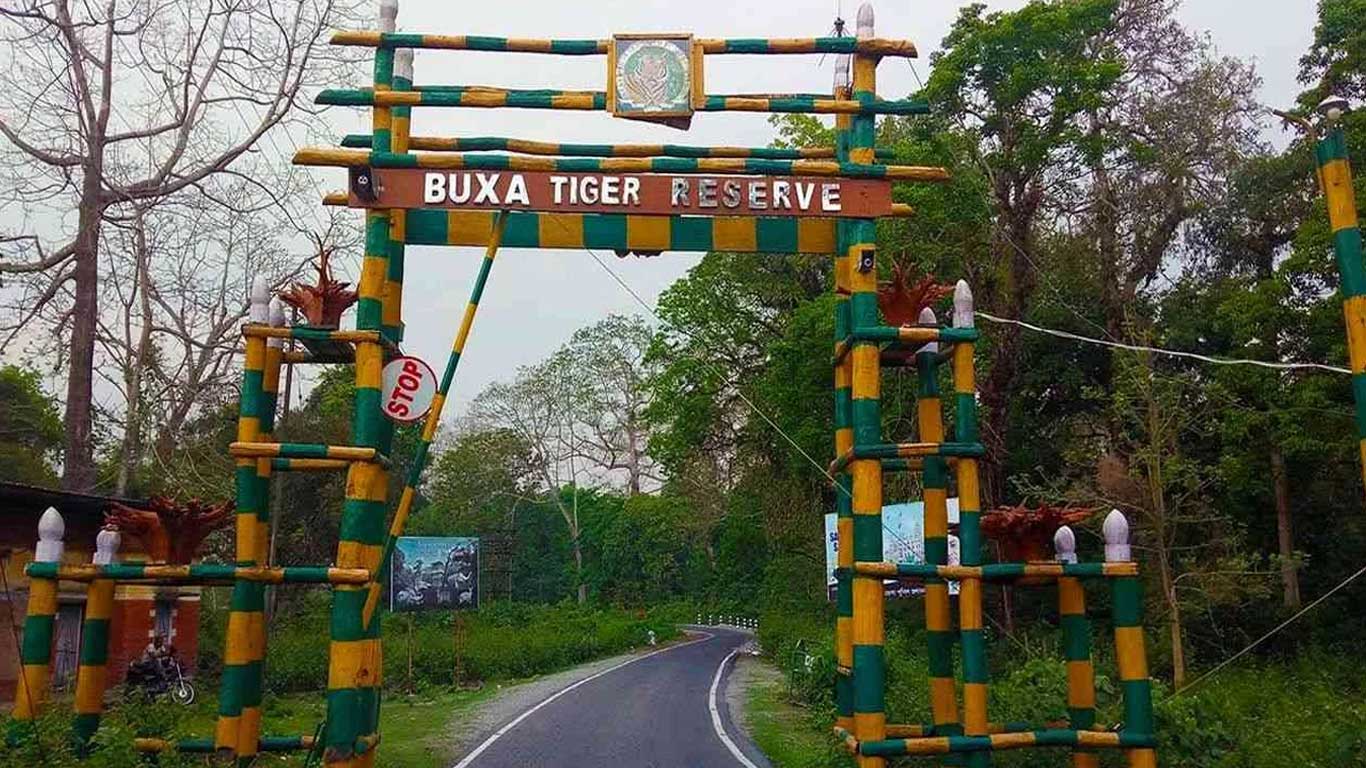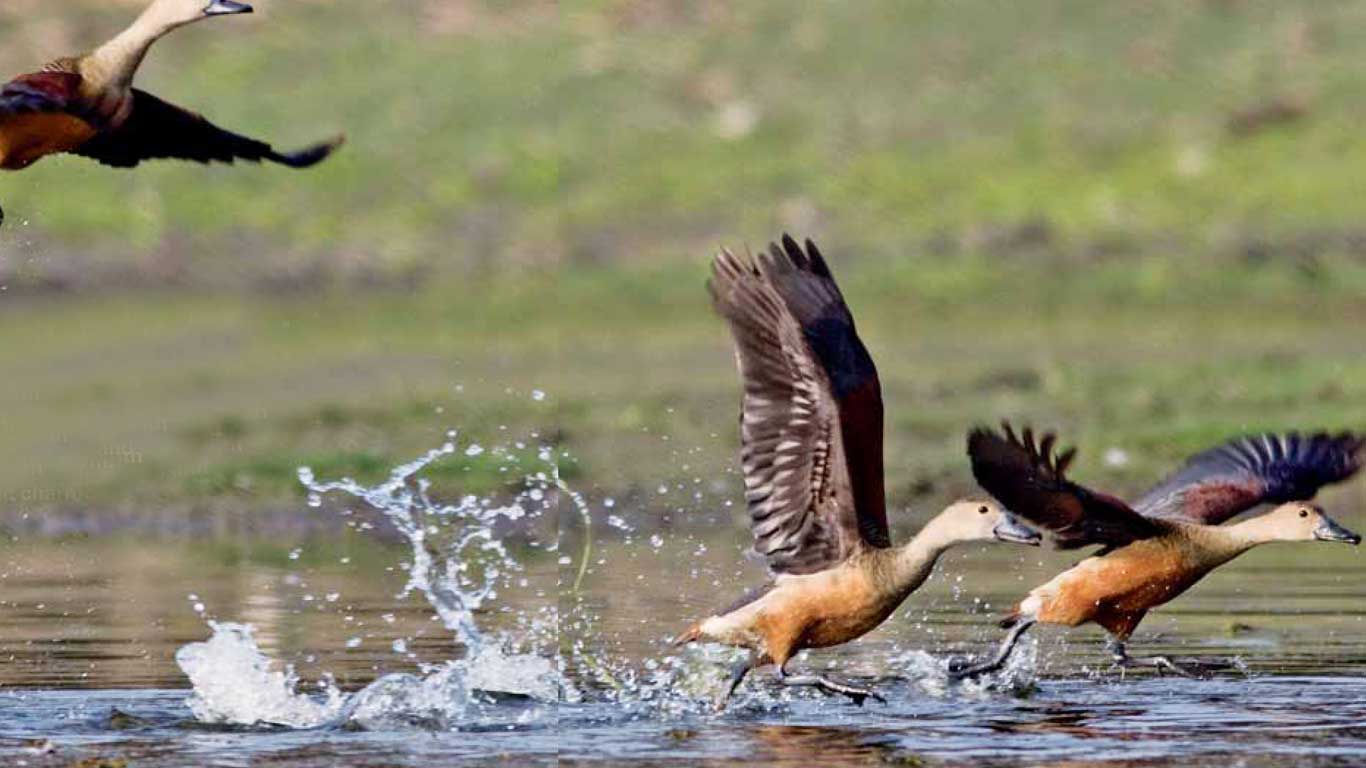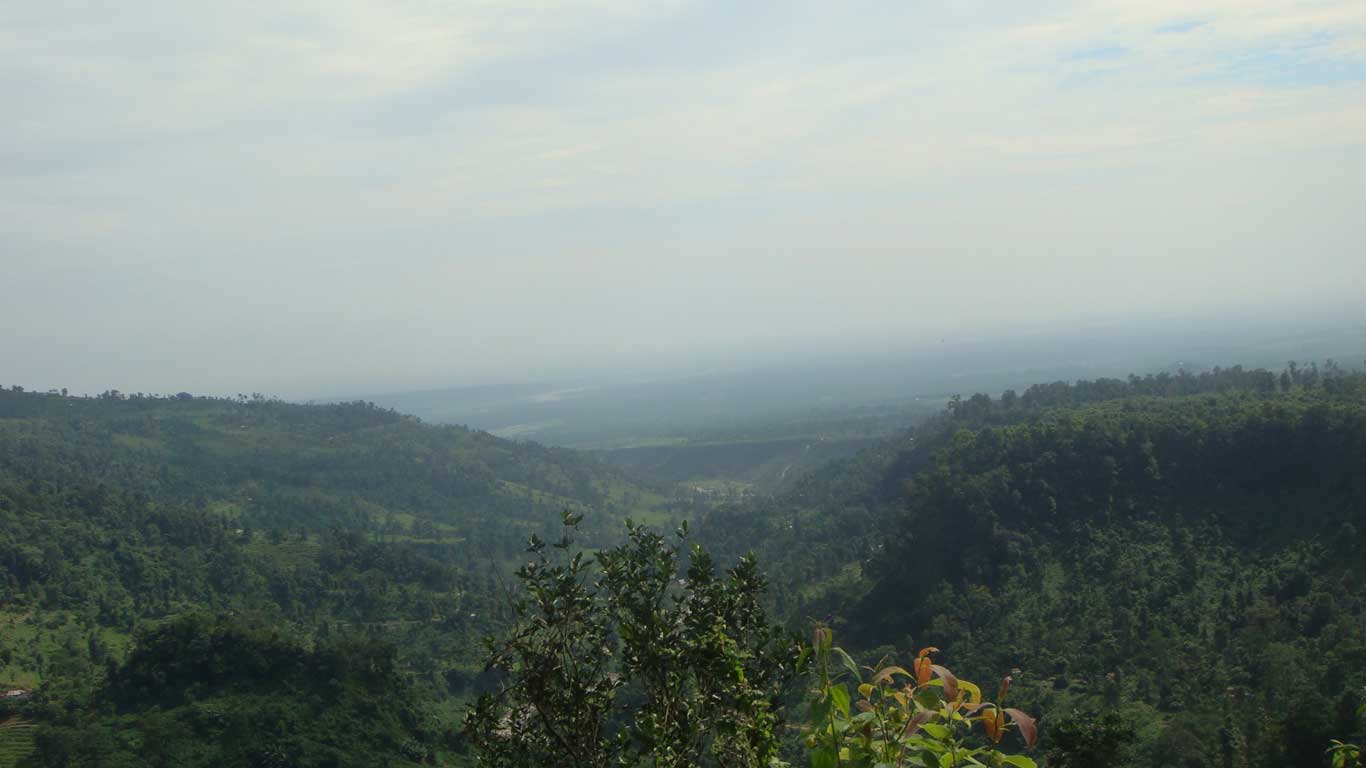Dooars
A journey through the rolling hill slopes, widespread lush green tea gardens separated by meandering silvery mountain streams, high Sal forests, small quiet ethnic villages, vast meadows with a blue outline of the great Himalayan ranges on the horizon, and endless sky..... you are in Dooars!
Laying in the Himalayan foothills, Dooars has great natural beauty. The wildlife-rich tropical forests, innumerable hill streams cutting across the green carpet of tea gardens and undulating plains, and low hills rising from the rivers. A drive through the Dooars plains, the gateway of Bhutan and the entire North East of India can be the experience of a lifetime.
Location
The Dooars Valley (also called Duars) is the floodplain of Northern Bengal and Eastern Assam. The Western Boundary of Dooars is formed by the Teesta River, whereas its Eastern boundary within Assam is not very clearly defined. To the North of Dooars is the Kingdom of Bhutan and to its South is Bangladesh. The Bengal part of Dooars, which stretches from River Teesta on the west to River Sankosh on the east, is an area covering roughly 130 km by 40 km. The area forms a major part of the Jalpaiguri, Alipurduar and Coochbehar districts and is one of the most important tourist areas.
The name 'Dooars' is derived from 'doors' or ‘Dwar’ as the region is the gateway to northeast India and Bhutan. There are said to be 18 gates or Dwars from Dooars to Bhutan. Many of which are still actively used. All road connections between Bhutan with India are through the Dooars region.
Tourism in Dooars
Dooars is famous for its rich biodiversity, forests, wildlife and ethnic people and their culture. The most notable forests of the area include Gorumara National Park Jldapara Wild Life Sanctuary and Buxa Tiger Reserve. For years travellers and nature lovers have been exploring the area, though organized tourism set foot in Dooars only towards the end of the 20th century. During the last two decades, tourism has grown by leaps and bounds in Dooars. The first destination to come into prominence was Gorumara National Park. Soon Jaldapara and Buxa also started to claim their pride place of prominence on the tourism map. Soon tourists started to discover the hidden treasures of Dooars in every other bent of the road.
Destinations in Dooars
Broadly the area can be divided into Eastern, Central and Western Dooars. The Western Dooars is most popular among tourists. The Gorumara forests and their surrounding area bring hordes of tourists every year. The surrounding area also offers several tourist destinations such as Samsing Bindu, Jhalong, Chapramari, and others. A tour to Eastern Dooars can be easily combined with parts of Kalimpong, especially Lava Lolegaon, Rishop
The main attraction of Central Dooars is the Jaldapara forests. This is also the oldest tourist destination in the area. The Holong bungalow inside the forest has seen many tourists including VIP’s staying there. Chilapata, the adjacent forest of Jaldapara, has gained prominence in the recent past. The entry point to Bhutan through Phuentsholing is also in this area.
The most popular destination of Eastern Dooars is the Buxa forests. The forests of Buxa are by far the largest in Dooars. Tourists may visit several destinations within Buxa such as Raimatang, Buxa Fort, Jayanti, Lepchakha and others. Coochbehar, the erstwhile kingdom of the Cooch dynasty also falls in the area.
People
Dooars is a cultural melting pot. The original inhabitants of the area include forest dwellers such as the Mech and Rava. The area was the kingdom of Cooch kings and has a substantial number of Rajbanshis or Kamtapuris living there. The tea gardens have migrant labourers and tribals from Southern Bengal, Bihar, and Jharkhand. The proximity to Nepal and Bhutan has meant a substantial number of Dukpa and Nepali populations also live here. Bengali, Marwari, Bihari and other major groups also live here.
Over the centuries, there has been a major mixing of the different cultures but even now villages and Tea gardens in Dooars have a variety of cultures to showcase. Most importantly despite the cultural diversity, the different ethnic groups have been co-existing peacefully and amicably in the area.
Planning your Tour
If this is your first trip to Dooars, we recommend you stick to popular destinations such as Gorumara, Jaldapara, and Buxa. If you have already travelled to these places in the past, you may now look at more interior destinations such as Samsing, Chilapata or Raimatang.
If you are a touristic person who wants to do lots of sightseeing, we would again recommend you to stick to the well-trodden path and destinations. The less visited destinations are more suitable for people who want to have a relaxing vacation in nature. Maybe you will end up spending the day just walking around villages and sitting beside a giggling hilly river.
Your tour duration can vary from a weekend to several weeks, depending on what you want to explore. Many tourists from within Bengal travel to Dooars on a two-night short trip. They would mostly stick to a single destination during a tour. Most tourists would do well to spend between 5 to 7 nights covering the important destinations of Dooars. Longer duration tours can help you explore Dooars and its true essence from close quarters.
Whatever your plan, duration, or preference; our helpdesk team is ready to assist you in organizing your tour. Just fill out a form with your requirements and our team will get back to you within hours.
East Himalaya
-
Address:NBTT Travel Solution Private Limited, 19, MN Sarkar Road, Sevoke More Siliguri, State : West Bengal, Country : India. PIN : 734001
-
Call Us at:
+91-9733000592 -
Mail Us:
info@east-himalaya.com


